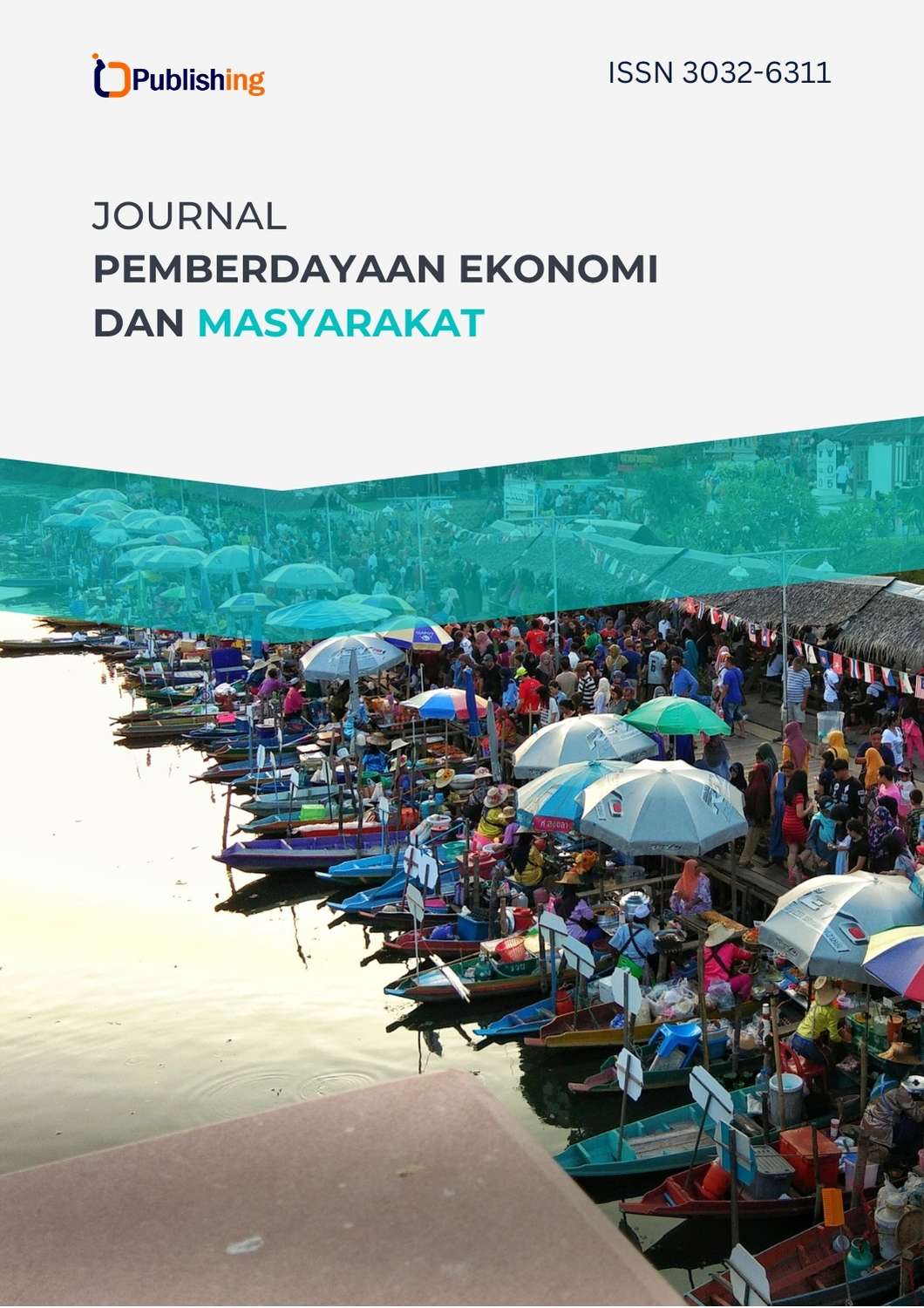Planning and Development of INROLL Noodle Business as an Innovation of Instant Noodle-Based Snacks among the Younger Generation
DOI:
https://doi.org/10.47134/jpem.v2i3.751Keywords:
Product Innovation, Young Generation, Marketing Strategy, Modern CulinaryAbstract
This study aims to examine the planning and development process of an innovative culinary business called Mie Gulung (INROLL), based on instant noodles and targeted at the younger generation. INROLL is presented as a modern snack that combines the familiar taste of instant noodles with an aesthetic appearance and appealing toppings such as cheese, nori, and beef slices. The method used is descriptive qualitative with a literature study and SWOT analysis approach. The results indicate that product innovation, attractive visuals, affordable pricing, and digital marketing strategies via social media are key factors in attracting young consumers. However, challenges remain, such as negative perceptions of instant noodles, short shelf life, and potential inconsistencies in product quality. With the right development strategies, including content-based promotion and collaboration with influencers, INROLL has great potential to become a new snack trend favored by millennials and Gen Z.
References
[bithourproduction.com]. (2022). Indomie marketing strategy: Flavor innovation, market research, new variant development, and strong branding.
esb.id. (2023). Example of snack food business planning.
Hasanah, N., & Rahardjo, B. (2019). Culinary MSME business development strategybased on product innovation and competitiveness.OSF Preprints.
Hidayat, A., & Machmud, R. (2020). Evaluation of marketing strategy of PT. Indofood Sukses Makmur Tbk North Sulawesi towards the company's flagship product (Indomie) using the SWOT method.EMBA Journal: Journal of Economics, Management, Business and Accounting Research, 8(2), 1234–1243.
Kotler, P., & Keller, K. L. (2020).Marketing management (15th ed.). Pearson Education.
Malini, H. (2021). Generation Z consumer consumption style and behavior in coffee shops.Proceedings of the SATIESP National Seminar, 2020, 34–44.
Nugroho, R. A., & Pramudyo, H. (2022). Digital marketing strategies for the millennial generation in making decisions about purchasing fast food.Scientific Journal of Digital Economy, 5(1), 75–86.
PT. Bahtera Adi Jaya. (2024). F&B industry trends in Indonesia 2025: Health and convenience are priorities.
Purwadi, A., & Manurung, A. H. (2020). Consumer behavior of Generation Z in the digital era. Journal of Business and Management Research, 13(1), 45–53.
Putra, R., & Haryanto, J. (2021). The impact of packaging and branding on purchase intention of Generation Z. Advances in Economics, Business and Management Research, 176, 312–318.
Sagala, P. M., Tarigan, K. M. B., Andarini, S., & Kusumasari, I. R. (2024). Analysis of the importance of business planning and development in improving company performance.Work: Journal of Community Service, 4(1), 150–159.
Schiffman, L. G., & Wisenblit, J. (2019). Consumer behavior (12th ed.). Pearson.
Septiana, E., & Damanuri, A. (2024). Changes in consumer behavior of millennials and generation Z towards purchasingconsumer goodsin the digital era in Beton village.IJMA (Indonesian Journal of Management and Accounting), 5(2), 248–261.
Wafi, A. (2019). Innovation of local culinary products based on global tastes: A study of food SMEs in Jakarta.Journal of Innovation and Entrepreneurship, 6(2), 112–120.
Wibowo, H., Nugroho, R. A., & Dewi, A. (2020). Innovation of local-based culinary products as a creative economy development strategy. IOP Conference Series: Earth and Environmental Science, 485(1), 012126. https://doi.org/10.1088/1755-1315/485/1/012126 DOI: https://doi.org/10.1088/1755-1315/485/1/012126
Downloads
Published
How to Cite
Issue
Section
License
Copyright (c) 2025 Alexandria Oktavianta Emeia Tarigan, Hikmah Mardiana Shofa, Nayla Nahdiya Shani, Wanda Wulandari, Laila Nur Aini, Trias Amrina Rosyada, Maharani Ikaningtyas

This work is licensed under a Creative Commons Attribution-ShareAlike 4.0 International License.











